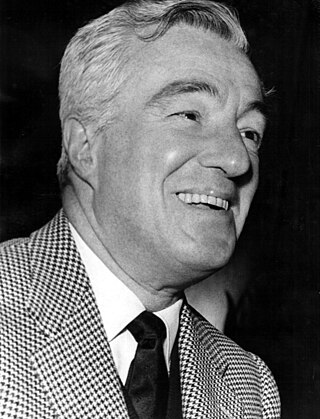
Vittorio De Sica was an Italian film director and actor, a leading figure in the neorealist movement.
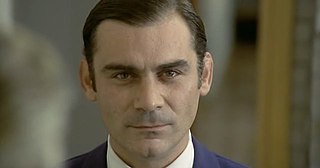
Gian Maria Volonté was an Italian actor and activist, remembered for his versatility as a performer, his outspoken left-wing leanings, and fiery temper on- and off-screen. He is perhaps most famous outside Italy for his roles in four Spaghetti Western films: Ramón Rojo in Sergio Leone's A Fistful of Dollars (1964), El Indio in Leone's For a Few Dollars More (1965), El Chuncho Munoz in Damiano Damiani's A Bullet for the General (1966) and Professor Brad Fletcher in Sergio Sollima's Face to Face (1967).

Carlo Cassola was an Italian novelist and essayist. His novel La Ragazza di Bube (1960), which received the Strega Prize, was adapted into a film of the same name by Luigi Comencini in 1963.

Ivo Garrani was an Italian actor and voice actor. In films since 1952, Garrani is possibly best known for his role as Prince Vajda in Mario Bava's Black Sunday (1960).

Mario Soldati was an Italian writer and film director. In 1954, he won the Strega Prize for Lettere da Capri. He directed several works adapted from novels, and worked with leading Italian actresses, such as Sophia Loren and Gina Lollobrigida.

Roselle is a frazione or village in the comune of Grosseto. The archaeological remains of the ancient city of Rusellae are located to the northeast of the modern settlement.

Carmine Crocco, known as Donatello or sometimes Donatelli, was an Italian brigand. Initially a soldier for the Bourbons, he later fought in the service of Giuseppe Garibaldi.

Guido Celano was an Italian actor, voice actor and film director. He appeared in 120 films between 1931 and 1988. He also directed two spaghetti Westerns: Cold Killer and Gun Shy Piluk.
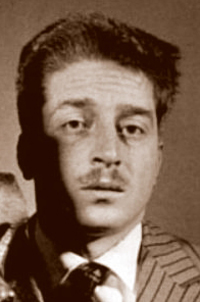
Carlo Croccolo was an Italian actor, voice actor, director and screenwriter.
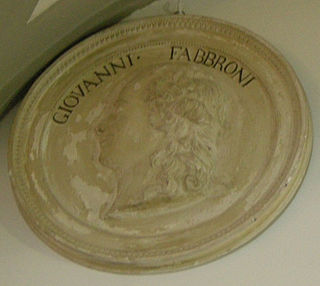
Giovanni Valentino Mattia Fabbroni was an Italian naturalist, economist, agronomist and chemist.

Maurizio Arena was an Italian film actor. He appeared in more than 70 films between 1952 and 1978.

We Want the Colonels is a 1973 Italian comedy film directed by Mario Monicelli. It was entered in the 1973 Cannes Film Festival. It is a satire of the attempted far-right Borghese Coup.

Francesco Saverio Salfi or Franco Salfi was an Italian writer, politician and librettist.
Niccolò Rodolico was an Italian historian, a professor in the University of Messina and the University of Florence.
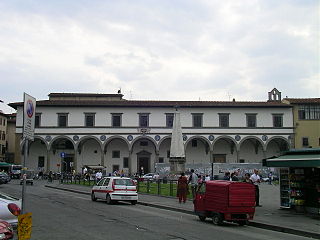
The Museo Nazionale Alinari della Fotografia, formerly Museo della Storia della Fotografia Fratelli Alinari is a photography museum located in part of the premises of the former Ospedale di San Paolo in the Piazza Santa Maria Novella in Florence, region of Tuscany, Italy). It hosts special exhibitions on a regular basis and possesses 350.000 vintage prints from the 19th and 20th centuries. The museum closed in 2012.

The art collections of Fondazione Cariplo are a gallery of artworks with a significant historical and artistic value owned by Fondazione Cariplo in Italy. It consists of 767 paintings, 116 sculptures, 51 objects and furnishings dating from the first century AD to the second half of the twentieth.
Mario Montuori was an Italian film cinematographer and painter.
The Vicar of Wakefield is an Italian television series which first aired on RAI 1 in 1959. It is based on the 1766 novel The Vicar of Wakefield by Anglo-Irish writer Oliver Goldsmith.

Carlo Tivaroni was a Dalmatian Italian historian and politician. He was born in Zara, which at the time still had a significant Italian component and was part of Austrian Empire. He was the brother of Senator Enrico Tivaroni. He has been credited as the first historian of the Risorgimento.

Jesus Meets John the Baptist is a c. 1622 oil on canvas painting by Guido Reni in the Girolamini, Naples, thought to have been one of three works given to that complex by Domenico Lercaro.

















